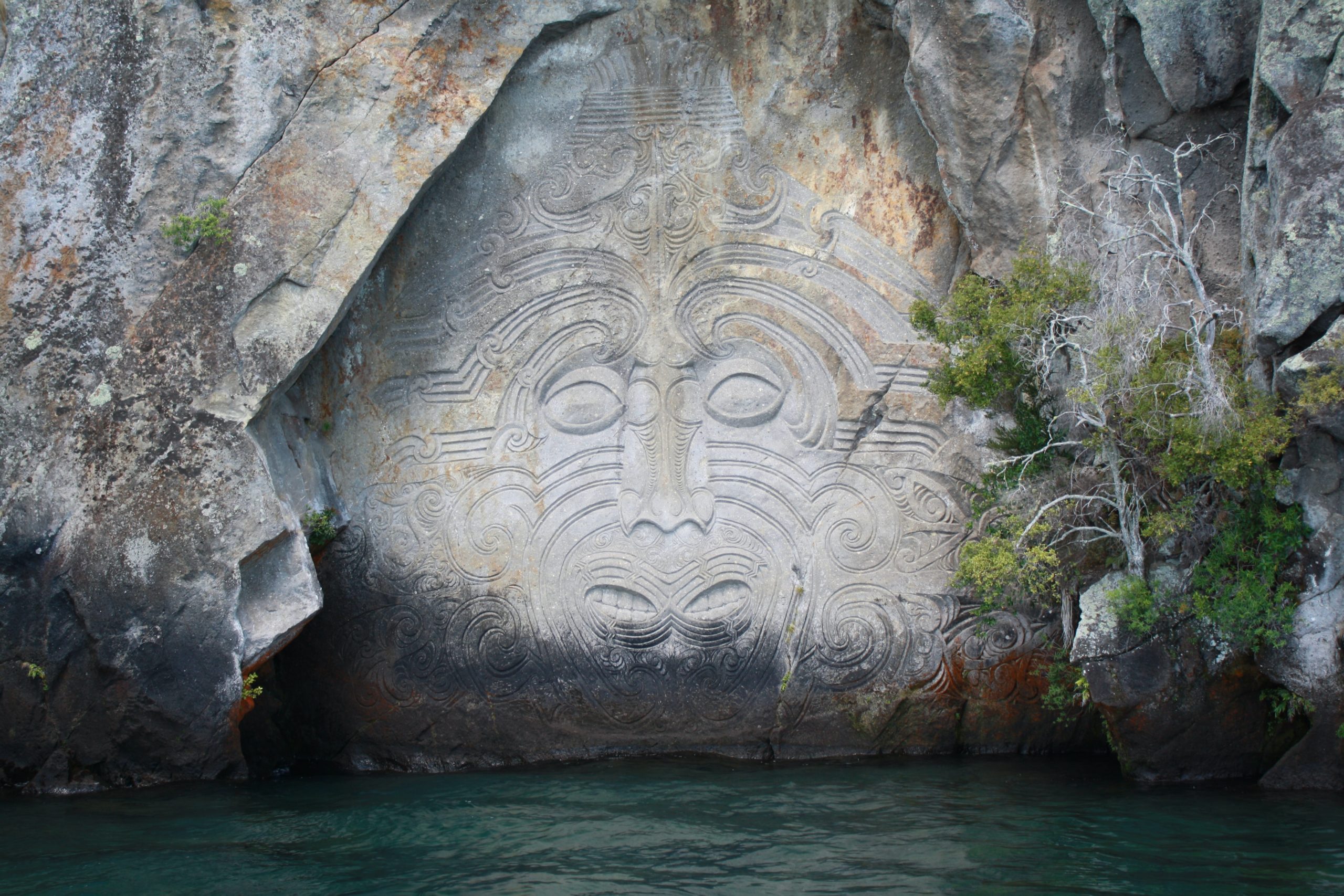When concerns regarding the climate crisis are voiced in the West, the conversation is often oriented around Western concerns. Which is not an entirely unreasonable reality. But it is important to speak about those for whom the crisis is already most imminent. Speakers of minority languages have experienced a long and storied history of persecution, and their languages are already facing extinction.
A Rising Crisis
Given the current trajectory, linguists estimate that half of the world’s languages will be lost in the next 100 years, taking the culture and knowledge they represent with them. Less optimistic projections suggest the number is closer to 90%.
Since 1950, the number of unique languages spoken throughout our world has steadily declined, with over 50% of Indigenous languages in the United States and Australia already extinct by 1945. At the present moment, there are more than 7,000 languages spread across our planet, with about 2,900 of them endangered.
As Anastasia Riehl, the director of the Strathy language unit at Queen’s University in Kingston, Ontario points out, factors for this trend are globalization and migration, as communities move to regions where their language is not spoken or valued. She adds that “most of the world’s languages are in parts of the world that are growing inhospitable to people.”
“When climate change comes in, it disrupts communities even more,” she says, pointing out how small linguistic communities, many of which reside on islands and coastlines, are left vulnerable to hurricanes and sea level rise, while many others live on lands where rising temperatures threaten traditional farming and fishing practices. When the crises occur, these communities relocate to areas where their language is not valued, and therefore languishes. Climate change has what Riehl calls a “multiplier effect,” making it the “final nail in the coffin” for thousands of languages.
Riehl lists Vanuatu as an example. Vanuatu is a South Pacific island nation measuring 12,189 sq km (4,706 sq miles), and is home to 110 languages, one for each 111 sq km, making it the place with the highest density of languages on the planet. Incidentally, it is also “one of the countries most at risk of sea level rise.”
Language for Healing
It is important to preserve these languages not simply to maintain some idea of the richness of human thought and experience, but also to preserve the well-being of members of those linguistic communities.
Studies have shown that the suppression of Indigenous language can be linked to various mental health problems, the reverse can also be true. One showed that youth among American Indian groups capable of speaking their native language were less likely to consume alcohol or illicit substances in risky amounts, and were less exposed to violence. Another study focusing on Aboriginal languages in British Columbia has also found a decrease in youth suicide by almost 50%.
Language reclamation helps to improve a sense of belonging and cultural identity, and strengthens community cohesion and well-being, while the lack of it prevents Indigenous people from preserving their cultural identity. This leaves them to succumb to the dominant cultural and linguistic identity in the country. As such, there is a need for the digital recording of Indigenous languages for the purposes of documentation, restoration, promotion, and education.
Restoration Efforts
In December, 2022, the UN announced the launch of their International Decade of Indigenous Languages in a bid to respond to the crisis. Csaba Kőrösi, president of the UN general assembly, urged countries to allow access to education in Indigenous languages, and declared that preserving the languages of Indigenous communities is “not only important for them, but for all humanity.”
“With each Indigenous language that goes extinct, so too goes the thought, the culture, tradition and knowledge it bears,” he said. Rhetoric which echoes Ken Hale, a US linguist and activist who once compared losing any language to “dropping a bomb on the Louvre.”
Some countries have already taken such steps. New Zealand is one such case, as Oriini Kaipara, a broadcaster, journalist and Māori interpreter explains. “My generation were fortunate enough to be raised in total immersion,” she says, while noting that language loss remains a threat despite that. “Those generations who were native speakers, held the customs, the understanding, the Indigenous knowledge that was handed down by their parents. And that has gone.”
She describes the “unique way” Māori have of connecting with their environment which is expressed through their language. One example, among many Māori words that are untranslatable into English, is the word matemateāone, which expresses “a deep, emotional, spiritual, physical” longing for the Earth. “In essence, it means I belong,” she says. “My language is a gateway to my world,” as it is for many Indigenous communities, and for languages in general.
While Trusted Translations may not be directly involved in climate-change mitigation or language preservation, as a translation agency, it is deeply connected to the global linguistic community. As such, its teams are able to provide tools, such as localization, which might help to bridge at-risk communities with the wider world, without jeopardizing the integrity of their linguistic heritage.
Photo by Callum Parker on Unsplash






